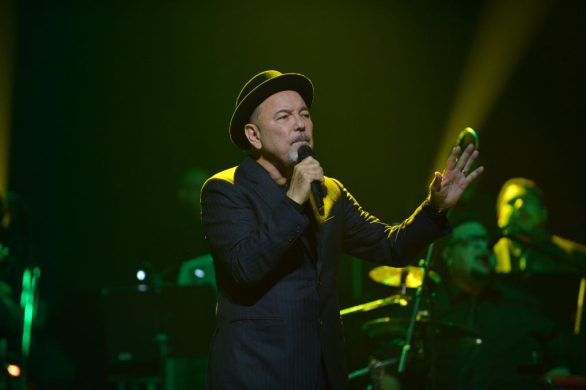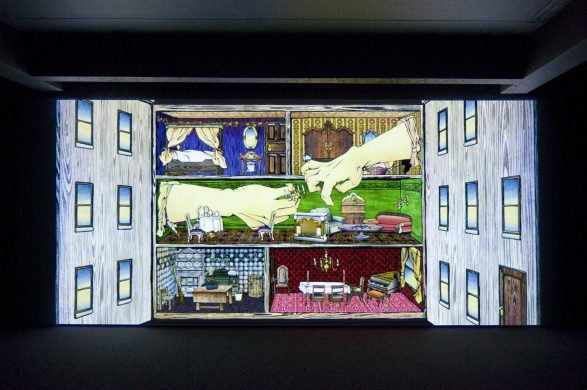Året for Quinoa (udtales kinoa), en planteart med ualmindeligt næringsrige frø, er hædret med titlen “En fremtid sået for årtusinder siden”, hvilket i bogstaveligste forstand skete før spaniernes erobring, når inka-solkongen plantede årets første frø med en gylden spade. Torsdag deltog FAOs generaldirektør og andre notabiliteter i en symbolsk quinoa-høst i Rom, idet FN sætter store forhåbninger til planten i kampen mod sult.
Dyrkningen af den nøjsomme plante tages nu op på andre kontinenter, og “hjemme” i Sydamerika er avlen med støtte fra bl.a. fra dansk udviklingsbistand allerede blevet udvidet i Andeslandet Bolivia og produktiviteten øget mærkbart.
ROME, 17 October, 2013 (FAO): FAO Director-General José Graziano da Silva, Peru’s First Lady and other dignitaries participated Thursday in a symbolic quinoa harvest in FAO headquarters. The harvest was by hand, as has been done for centuries in the Andean region.
The harvest was the first of a series of events organized by FAO to highlight the importance of quinoa and other underutilized grains and crops in the fight against hunger as part of the International Year of Quinoa (2013). “This year, quinoa became our new ally against hunger,” said Graziano da Silva.
The FAO Director-General said that “quinoa and other underutilized grains and crops can take on a fundamental role in eradicating hunger and promoting healthier diets (kost)”.
“In Peru, we are proud to be the cradle (vugge) of this ancient grain and one of the world’s major producers. We think it’s important to revive ancestral knowledge and practices,“ said the Peruvian First Lady during the harvest.
To this end, Special Ambassador for the International Year of Quinoa, Nadine Heredia affirmed that the celebration of the International Year of Quinoa served to not only as a springboard for greater awareness about the crop, but also to draw attention to the work of farmers and to salvage other grains and andean agricultural technologies.
Nadine Heredia, as a main participant in Wednesdays World Food Day ceremony, also said that she will continue to promote “this tiny multicolor grain during the International Year of Family Farming in 2014.”
Quinoa in the world: experiences and potential
FAO also hosted a conference entitled “Quinoa in the world: experiences and potential,” an event that had the dual objective of highlighting the joint work being carried out by FAO and the Bolivian government to ensure that quinoa is produced in a sustainable manner and to demonstrate its potential for development in Europe.
During the conference, Bolivian Minister of Rural Development and Lands, Nemecia Achacollo, who is in Rome with a delegation of quinoa farmers, said:
“For us, this International Year does not end here. It starts here. It is essential to continue this work during the International Year of Family Farming. Bolivians are the keepers of a healthy and durable product, maintained for thousands of years, and we would like to share it with the world.”
Other participants included:
* a Bolivian farmer, who said he appreciated the value currently being accorded to quinoa in naming it ‘the golden grain’;
* an FAO expert, who described the progress made thanks to FAO technical assistance; and
* Italian experts, who shared their experience in producing quinoa in Italy.
Se mere på
http://www.timeanddate.com/year/2013/year-quinoa.html
og http://www.fao.org/quinoa-2013/en
samt (på dansk) http://da.wikipedia.org/wiki/Quinoa














